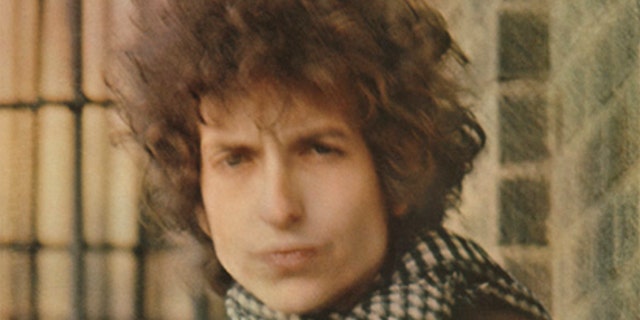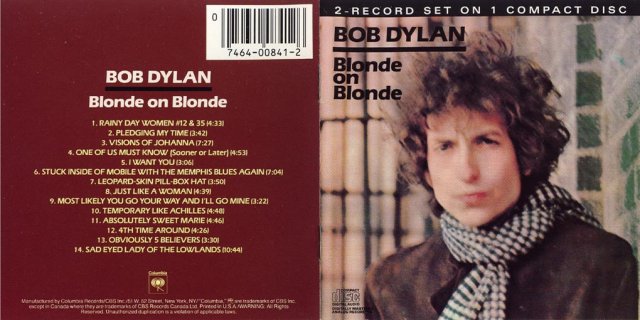

He figured they’d be as successful of a pairing in the studio as they were on the road. Dylan had played a pair of shows with the Hawks as his backing band and signed them up to play with him on tour over the next year. They, of course, would go on to become The Band. He was backed by The Hawks, a band made up of Levon Helm and four Canadian musicians, including Robbie Robertson, Rick Danko, Richard Manuel, and Garth Hudson. In late 1965, Dylan first went into Columbia Records’ studio in New York City after touring parts of the country and the globe. The story of Blonde on Blonde’s recording process is almost as well known for its stumbles as it is for its successes. It's metallic and bright gold, with whatever that conjures up." In a 1969 Rolling Stone interview, Dylan said of his seventh album, “The closest I ever got to the sound I hear in my mind was on individual bands in the Blonde on Blonde album. It’s fair to consider Blonde on Blonde the Dylan album that’s “truest” to his own spirit. It’s an ambitious double album that Dylan used to channel his personality and vision, charged with his unique, signature energy.

The third, Blonde on Blonde, released 55 years ago, may not have shifted the landscape like the other two albums, but it is probably the most universally beloved of the three. The second, Highway 61 Revisited (1965), released just five months later, set the tone for cultural revolution in the United States and changed songwriting forever. The first, Bringing It All Back Home (1965) was the genesis of the folk-rock genre.

Over the space of 13 months, he released three of the greatest albums of all time. The type of run Bob Dylan went on in a little more than a year is nothing less than astounding. Happy 55th Anniversary to Bob Dylan’s seventh studio album Blonde on Blonde, originally released June 20, 1966.


 0 kommentar(er)
0 kommentar(er)
